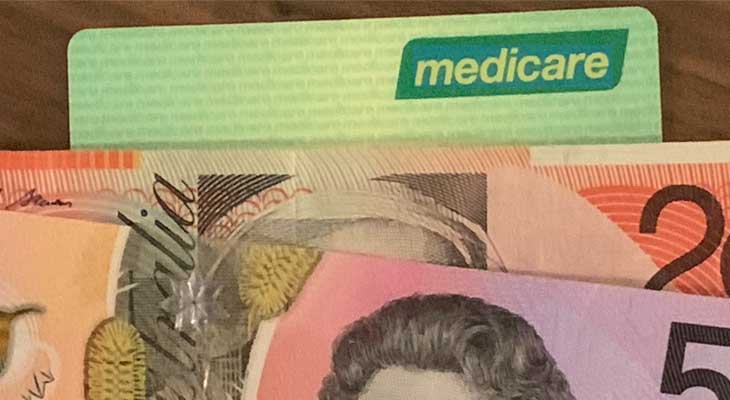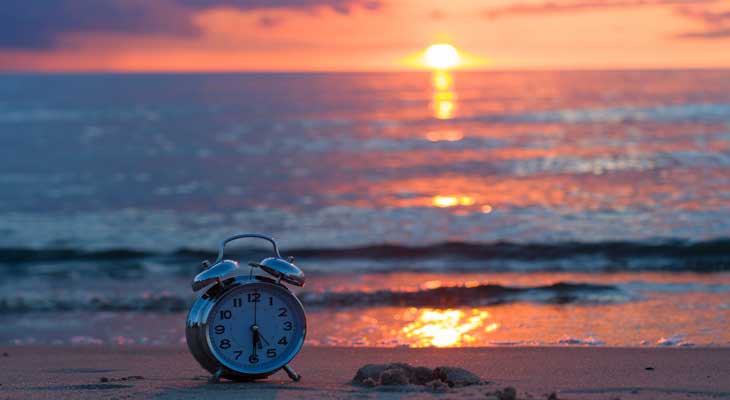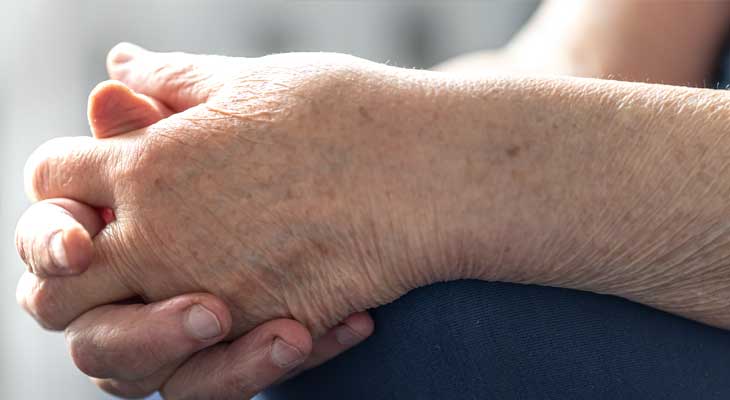INFORMATION SHEET: BASAL CELL CARCINOMA (BCC)
A Basal Cell Carcinoma is a type of non-melanoma skin cancer. It is the most common form of skin cancer in Australia.
BCC's can appear in various ways. They might look pink or have a pearly, shiny surface, and can be flat or raised. The area may be pale, bright pink, or scaly. In some cases, the skin may itch, become inflamed, ulcerate, or even ooze, scab, or bleed. Sometimes the spot may seem to heal, only to flare up again.
BCC's are most often found in areas that get a lot of sun, like the face, neck, shoulders, arms, and legs, but they can appear anywhere on the body. These cancers grow slowly over time - months or even years - and are unlikely to spread to other parts of the body. However, if left untreated, they can grow deeper into the skin, affecting nerves and surrounding tissue, which can make treatment more complicated.
Once diagnosed - either through a clinical exam or biopsy - BCC's can be treated in several ways:
• Surgical excision (removal of the growth)
• Topical chemotherapy or immunotherapy (applied directly to the skin)
• Radiotherapy (using radiation to treat the area)
Early detection and treatment are key to managing BCC's effectively.

Prinatable Info Sheet (PDF)





